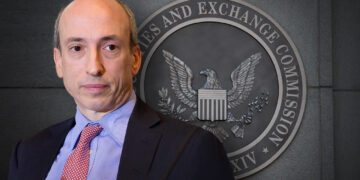On Monday, Hong Kong’s Securities and Futures Fee (SFC) launched a press release warning traders concerning the dangers of nonfungible tokens, or NFTs, which have soared in reputation lately. The regulatory physique wrote:
“As with different digital belongings, NFTs are uncovered to heightened dangers, together with illiquid secondary markets, volatility, opaque pricing, hacking and fraud. Buyers ought to be conscious of those dangers, and if they can not absolutely perceive them and bear the potential losses, they need to not put money into NFTs.”
Nonetheless, it seems that the SFC’s particular concern lies within the securitization of NFTs. “Nearly all of NFTs noticed by the SFC are meant to signify a singular copy of an underlying asset akin to a digital picture, paintings, music or video,” which don’t require regulation by the SFC.
However belongings that push the boundary between collectibles and monetary belongings, akin to fractionalized or fungible NFTs structured as securities or collective funding schemes (CIS) in NFTs, do fall beneath the SFC’s mandate. The solicitation of Hong Kong residents by firms engaged in these actions require the issuer to acquire a license from the SFC until an exemption applies.
CIS has lately gained traction as they current a believable resolution for particular person traders to acquire fractional possession of real-life collectibles that will be in any other case too cost-prohibitive for any single get together. But, questions persist as as to whether such funding constructions represent securitization.
One current effort launched by the Royal Museum of High-quality Arts Antwerp (KMSKA) to tokenize a million-euro traditional portray on the blockchain was carried out through debt securitization. The enterprise met regulatory necessities through the help of blockchain entities Rubey and Tokeny.












![Why Ethereum [ETH] address outflows may be headed for DeFi](https://cryptonoiz.com/wp-content/uploads/2023/03/AMBCrypto_An_image_of_a_stylized_Ethereum_logo_with_arrows_poin_22f2aeff-c7bb-4c7d-aec7-547a37a35e82-1-1000x600-360x180.jpg)





























